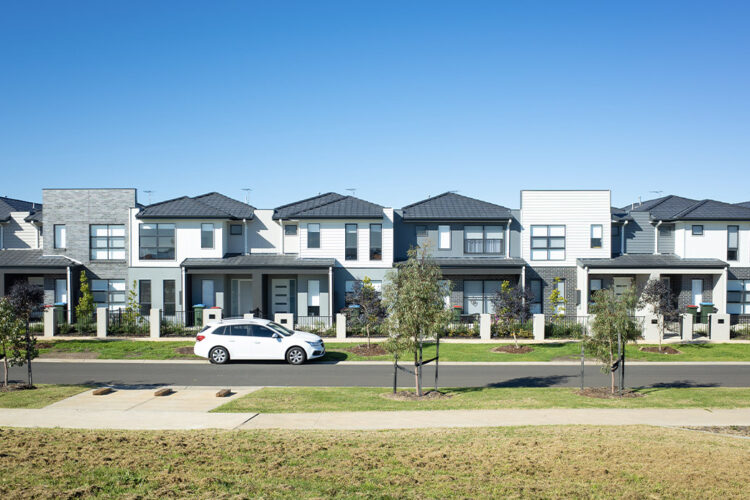Both housing and rental affordability continued to worsen across Australia throughout the June quarter, according to new data from the Real Estate Institute of Australia (REIA).
According to the REIA’s Housing Affordability Report (HAR), it costs the average Australian making the median income almost half (46.9 per cent) of their earnings to maintain average loan repayments. The report found housing affordability, measured by median income to loan ratio, declined in every Australian state or territory except Victoria over the three months to June 2023.
NSW remained the worst Australian jurisdiction for mortgage affordability, with 56 per cent of the median income required to maintain average loan repayments, followed by Victoria (46.5 per cent), Tasmania (43.5 per cent), Queensland (42.4 per cent), South Australia (42.1 per cent), Western Australia (35 per cent), the ACT (34.8 per cent) and the Northern Territory (34.4 per cent).
Hayden Groves, REIA president, said the ACT “had the smallest decline with the proportion of income increasing 0.1 percentage point while the Northern Territory had the highest decline (1.6 per cent)”.
“The reality is that the home owners with a mortgage continued to be challenged by increased interest rates,” he stated, adding that Australian housing had been at “the lowest affordability on record since 2008”.
For first home buyers, June’s HAR showed that Australia’s newest home owners are “gaining back confidence” in the market, with the number of first home buyers across the country up 17.1 per cent during the June quarter.
It’s not only Australian home owners feeling the national unaffordability squeeze, the report noted. Renters have also seen affordability drop with “the proportion of income required to meet median rent nationally increasing by 0.3 percentage points to 23.3 per cent,” Mr Groves said.
With low supply levels and incredibly tight vacancy rates also plaguing the national rental market, the president said it’s “no doubt a challenging time for renters”.
He explained this period of turbulence is “mostly driven by a fundamental lack of rental availability”, however Mr Groves felt it’s important to stress “rental affordability didn’t worsen significantly over the June quarter”.
Across NSW, Victoria, Queensland and Western Australia, rental affordability decreased in the June quarter, but the president caveated that these declines came as affordability improved in some of Australia’s smaller states.
According to the REIA’s HAR report, Tasmania was the nation’s most unaffordable rental market, with the rent-to-income ratio on the island state sitting at 27.3 per cent at June’s conclusion, followed by NSW (27 per cent) and NT (25.5 per cent) as jurisdictions where rents demanded over a quarter of a tenants’ earnings.
In South Australia, the rent-to-income ratio for the June quarter was 23.5 per cent, followed by Queensland (21.5 per cent), Western Australia (22 per cent), Victoria (20.1 per cent) and the ACT (19.7 per cent).
While the report paints a grim picture of Australia’s present housing prospects, Mr Groves stressed context is important when speaking on current market conditions.
In the face of a tightening cost-of-living pinch, REIA’s president said casting an eye towards the past “provides a sound basis to assess the extent of how historical trends are impacting us today”.
“The reality is that for Australian households on median incomes, housing affordability has declined 13.6 per cent over a 20-year period and 12.4 per cent over the past 10 years,” he explained.
“In comparison, rental affordability has declined a paltry 1.3 per cent over a 20-year period, 0.9 per cent over a 10-year period, and 0.5 per cent over the past five years,” he added.
While the figures vary for each Australian market, Mr Groves concluded: “It is critically important when considering measured policy responses in the current environment.”


